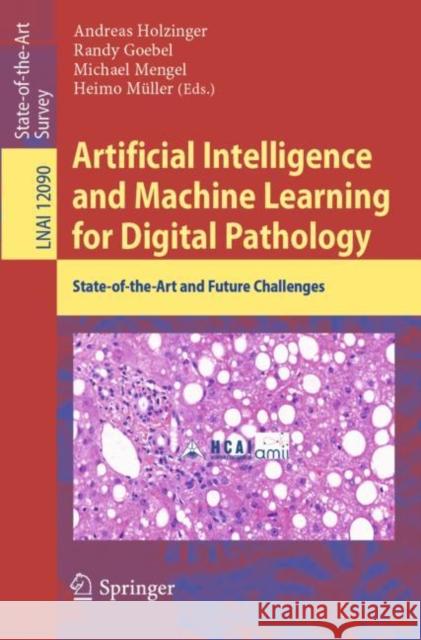Artificial Intelligence and Machine Learning for Digital Pathology: State-Of-The-Art and Future Challenges » książka
topmenu
Artificial Intelligence and Machine Learning for Digital Pathology: State-Of-The-Art and Future Challenges
ISBN-13: 9783030504014 / Angielski / Miękka / 2020 / 341 str.
Artificial Intelligence and Machine Learning for Digital Pathology: State-Of-The-Art and Future Challenges
ISBN-13: 9783030504014 / Angielski / Miękka / 2020 / 341 str.
cena 361,42
(netto: 344,21 VAT: 5%)
Najniższa cena z 30 dni: 327,68
(netto: 344,21 VAT: 5%)
Najniższa cena z 30 dni: 327,68
Termin realizacji zamówienia:
ok. 22 dni roboczych
Dostawa w 2026 r.
ok. 22 dni roboczych
Dostawa w 2026 r.
Darmowa dostawa!
Kategorie:
Kategorie BISAC:
Wydawca:
Springer
Język:
Angielski
ISBN-13:
9783030504014
Rok wydania:
2020
Wydanie:
2020
Ilość stron:
341
Waga:
0.50 kg
Wymiary:
23.11 x 19.56 x 1.52
Oprawa:
Miękka
Wolumenów:
01
Dodatkowe informacje:
Komentarz











